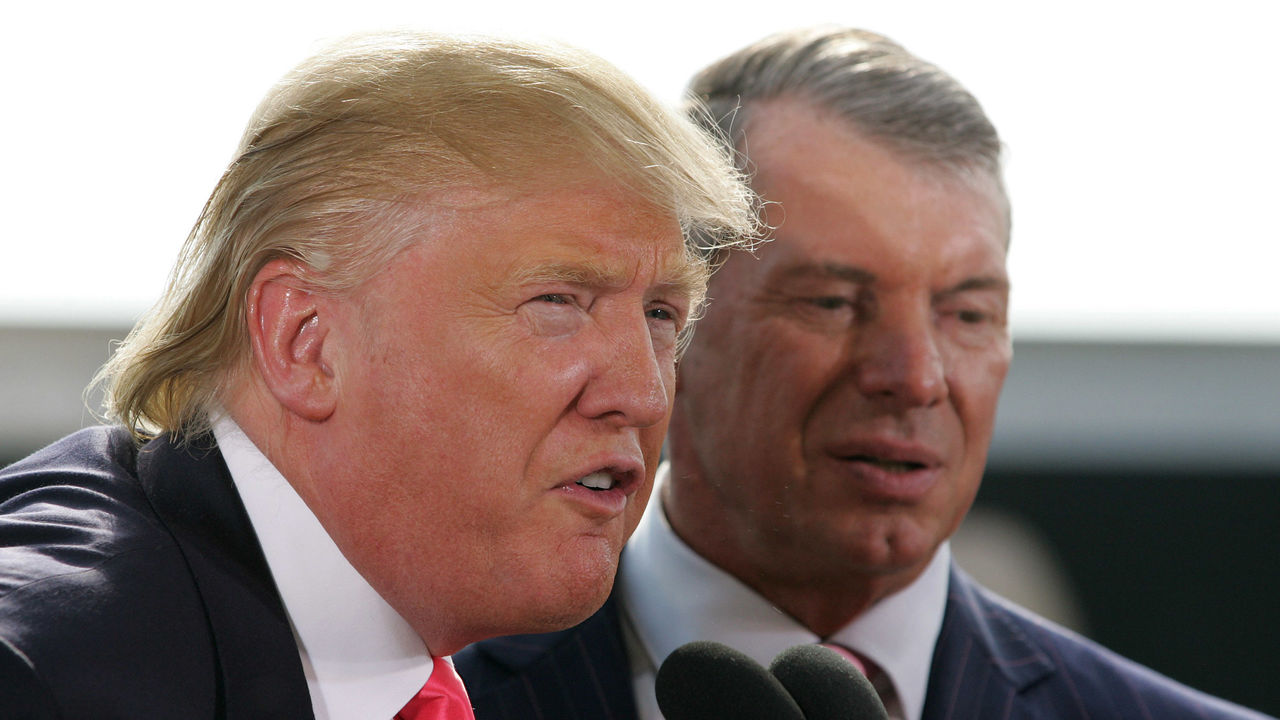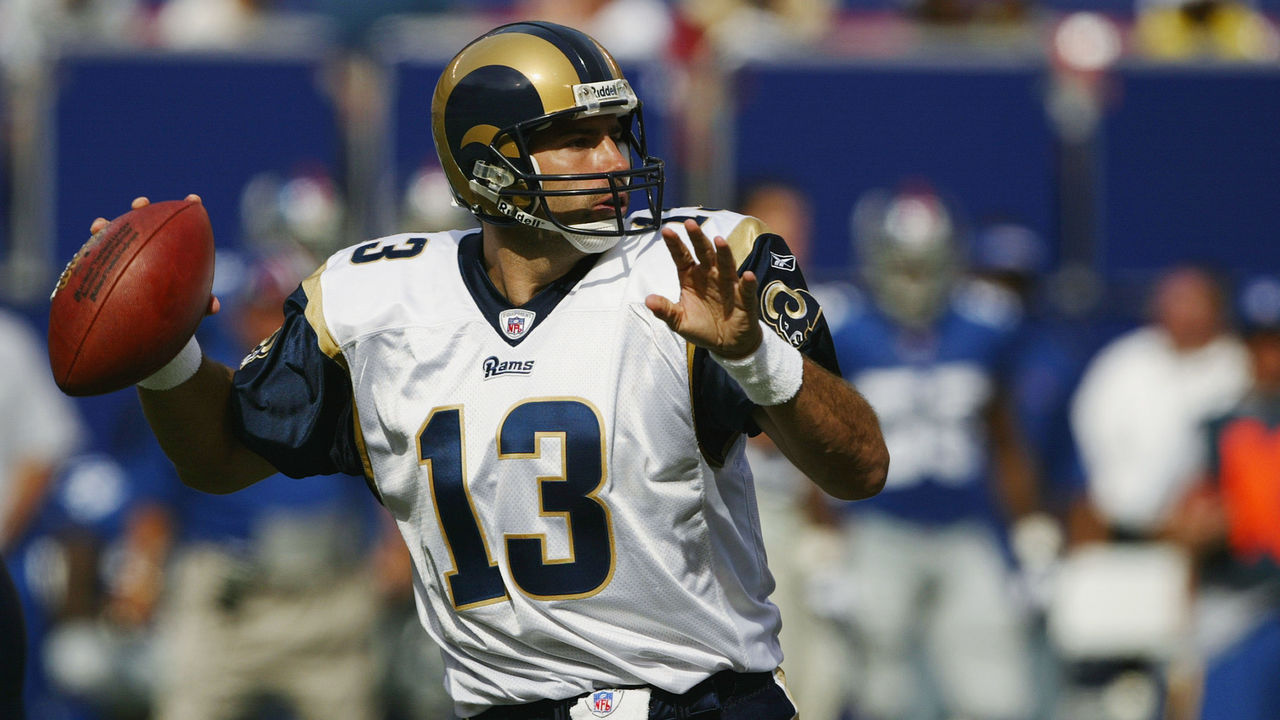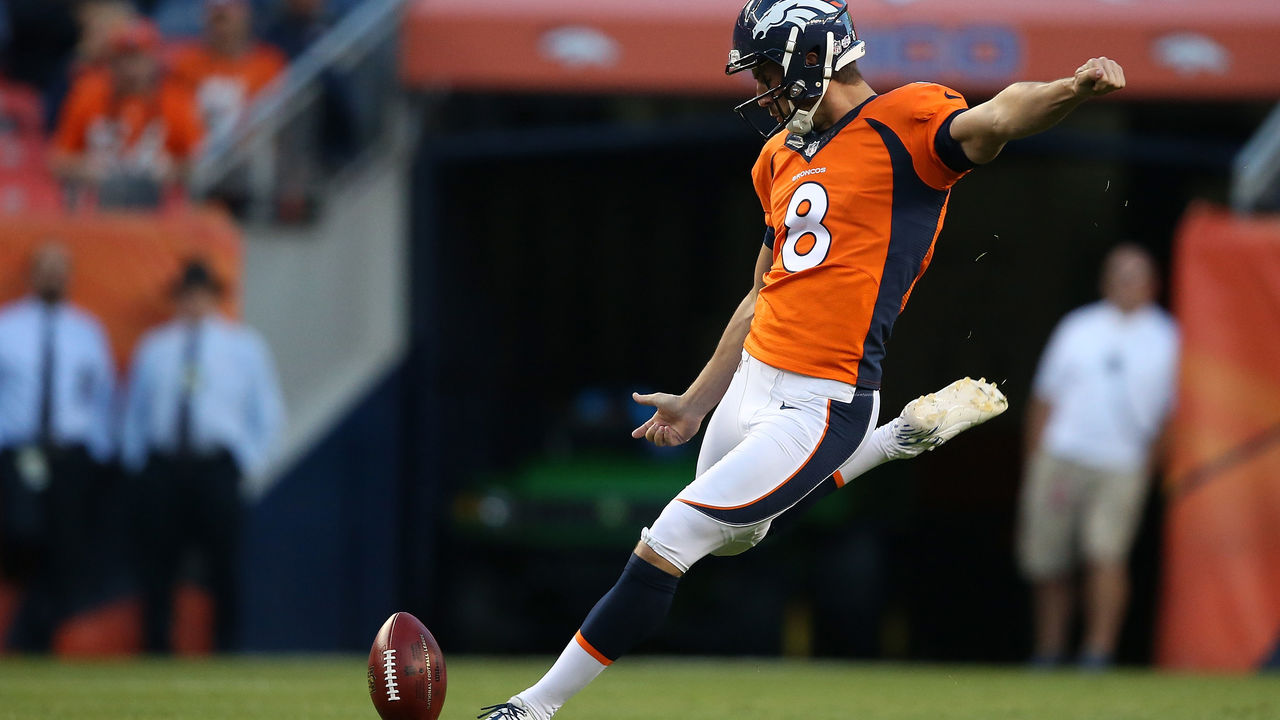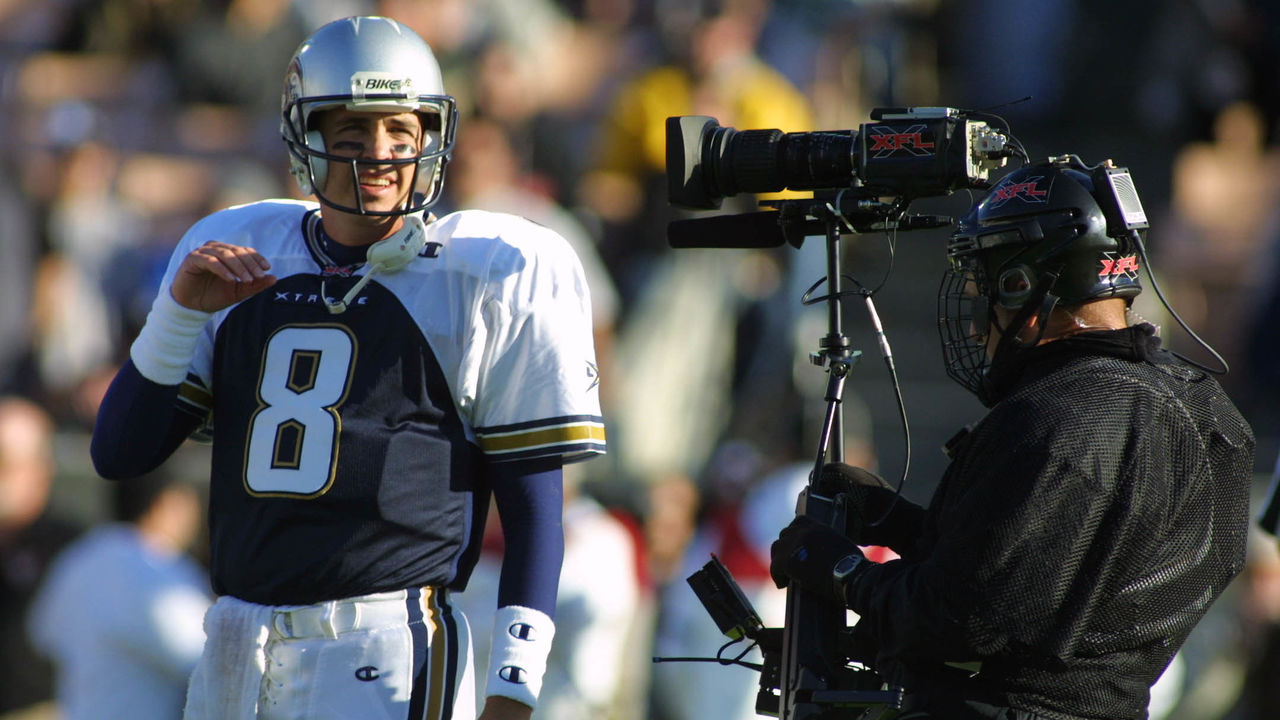Sage Rosenfels column: How to ensure the XFL succeeds second time around
The most surprising news in the world of professional football last week had nothing, or little, to do with the NFL.
After failing in his first attempt to organize a professional football league, Vince McMahon, the godfather of fake wrestling, announced he is organizing his resources to take another shot at bringing the XFL to life. Though his initial XFL league only lasted one season, and was helped by an NBC Sports partnership, McMahon believes he can and will make enough changes to get the XFL "in the black" this time around.
His press conference offered few details. Possible cities, corporate partnerships, or particular rules were left out. His statements were fairly ambiguous. He gave us a date, the winter of 2020, which leaves two years to plan, organize, and market the league. It also gives McMahon two years to retreat if he doesn’t see the stars aligning.
His first marketing ploy was to capitalize on the small cross-section of the NFL fan base disappointed or outraged at the perceived disrespect some players are showing to the U.S. flag by kneeling during the national anthem.
Of the few details offered at the press conference, forcing the players to stand as a league rule was announced for a particular reason. Also, McMahon said players who have arrest records, including DUIs, won’t be allowed to play in the league. So, it looks like Johnny Manziel and many others will have to try and rebuild their careers through the CFL and Arena League.

I don’t want to get political with this article, but it is obvious (at least to me) that McMahon is attempting to capitalize on certain aspects of his good friend Donald Trump’s belief that many NFL players are America-hating criminals. Though I don’t believe this is true, McMahon’s only listed player requirements tell you a lot about what demographic of America he is trying to reach.
It is true some Americans have stopped watching the NFL because of the kneeling, but it is also true many NFL fans are cutting the cord on their television sets in general, and watching football in other formats that aren’t as easily tabulated as are the Nielsen Ratings. McMahon’s initial requirements will hurt his league more than it helps.
Either way, I do believe there is enough passion for football in the United States for another outdoor league that fills the gap between college football and the NFL. Currently, college football is the NFL’s minor league, and once a player doesn’t make it to the NFL directly after college, his options of getting paid to play football in the U.S. are limited.

When I was a rookie with the Washington Redskins in 2001, I was on my way to NFL Europe after the season. Once Marty Schottenheimer was fired and Steve Spurrier hired, I stayed in the D.C. area to compete to make the team. Soon after, NFL Europe closed its doors as it was losing roughly $30 million a year for the NFL owners.
Quarterback development is a major issue in the NFL, and the Euro league was a great way for third-string and practice squad players to get game reps in the offseason. Quarterbacks such as Kurt Warner, Jake Delhomme, Brad Johnson, Jon Kitna, Jay Fiedler, Kelly Holcomb, Scott Mitchell, Shawn Hill, Jim Miller, and Doug Pederson all went on to have decade-long NFL careers after playing in Europe.
Would they have had the same longevity and success if they didn’t get that extra game experience as a young quarterback? Probably not, and the NFL badly needs more depth at the position. This should be a very important focal point for the XFL.
Since McMahon offered very few details, and we are basically working with a blank canvas, I’d like to throw out some ideas.
First, the sport of football is extremely exciting, but there are too many plays that are boring in the NFL. To add plays that have more value, the XFL can make a couple huge yet simple rule changes that would make the league a lot more fun to watch.
First, there shall be no kickoffs or punts.

Instead of kickoffs, the team receiving the ball to begin each half and after every score starts at the 50-yard line. This immediately puts them on the edge of the “scoring zone”. If they move the ball to the 30 and kick a field goal, the other team then gets the ball at the 50. If the FG is missed or if they fail on fourth down, the team on defense gets the ball at that spot and is going the other way.
If the defensive team pushes the offensive team into their own territory through sacks and penalties, they will be even closer to scoring when they get the ball back. In a way, this type of football is more like tug of war, with the teams starting in the exact middle of the field and on equal footing.
Starting at the 50, with no kickoffs or punts, adds much-needed excitement to the game. The explosion of the NFL Redzone Channel shows the value of “scoring zone” plays. It also eliminates plays that are extra dangerous (kickoffs), and have become somewhat boring (punts).
By its design, the game would be set up more like a Civil War-era battle. The lines are drawn on both sides, the men meet in the middle, with a back-and-forth advancement/retreat of each side.
Currently, when a team has the ball on its own side of the field, runs three plays and punts, the battle completely shifts to the other side. This is not how wars were fought in the "days of yore." The battles slowly moved in either direction until a victory (score) was accomplished. Currently, the teams are continually placed at a long distance from a chance of scoring, which means the majority of NFL plays have less excitement.
With these rules, there would be serious repercussions for failing to convert first downs when you are deep in your own territory. If you don’t, the ball immediately goes to the other team and they are already in scoring range.
This not only would make regular plays more exciting, it would also allow teams to trim their roster by up to 10 players, as many NFL backups only play on kickoff, kickoff return, punt, and punt return plays. Fewer players means more money for the players on the roster, more in the investors’ pockets, and less overall risk for the owners.
I’m going to pat myself on the back, because I think this idea would be an actual "game-changer" and I see only positives with this alteration.

Also, since 2001, the advancement of the video camera has come a long way. So they should put cameras everywhere, then create a website/app that allows fans to watch whatever view they want, live. Americans like things customized, but current networks give them no choice.
It’s nice the NFL is using more angles such as the overhead camera (possibly the best XFL idea which the NFL stole), but at the end of the day, everyone has their personal favorite angle from which to watch a game. Maybe I want to watch the game from any of the six officials’ cameras, which are placed on top of their hats like a Go-Pro. Maybe we can somehow attach them to a player’s helmet without exposing them to injuries.
One of the best feelings in the world, and scariest, is walking up to the line as an NFL quarterback. I could only imagine how much fans would love having a similar feeling. Basically, just put cameras everywhere possible and let the fans choose how to watch the game. This type of technology is being used on apps such as Periscope. It would be smart for the XFL to invest in these types of alternative technologies to improve the viewing experience.
Finally, I love football and I know it’s a very serious sport, but some announcers make me want to mute my TV. The intensity and incredible violence make it a more serious broadcast, but there are also many ways to make it more fun.
This doesn’t mean the league needs to become classless, such as certain aspects of the WWE, but there is room for the game to lighten up. As an example, the NFL changed its rules on touchdown celebrations this season. Players followed protocol to celebrate in any way they wanted, as long as it was in good taste and sportsmanship, and the results have been a highlight of the 2017 season.
One way to get fans to watch is to hire announcers that aren’t just football experts, but also are a joy to listen to. Bill Walton knows his basketball, but his analysis of college basketball and the Pac 12 is like no other announcer in the sport. Is there a way to allow an alternative audio broadcast of the game that doesn’t follow the traditional rules?
Could you have former players from both teams in the booth, possibly with a comedian, go back and forth in a much more relaxed atmosphere? Football fans have also gotten used to listening to podcasts, such as Pardon My Take, that are an alternative to the very serious sports show. Even if the main broadcast is clean and traditional, I’d like to think there is a way to listen to alternative announcers and still follow FCC regulations.
These are my initial recommendations. With the advancement of technology since 2001, I think the XFL should again be at the forefront of how we consume and enjoy our football. There are unexplored ways of doing this, yet the NFL is slow in adapting and nurturing these nontraditional methods.
We shall see what McMahon and his team come up with as we inch closer to January 2020. For those who simply can’t and never will get enough football, and for former college players who haven’t yet made it to the NFL, having a spring league fills a lot of gaps in America’s favorite sport. Even if it fails, it will have some sort of effect on the NFL.
Sage Rosenfels is a former 12-year NFL quarterback who writes and contributes to radio and podcasts about the NFL and college football. Find him on Twitter @SageRosenfels18.
(Photos courtesy: Getty Images)